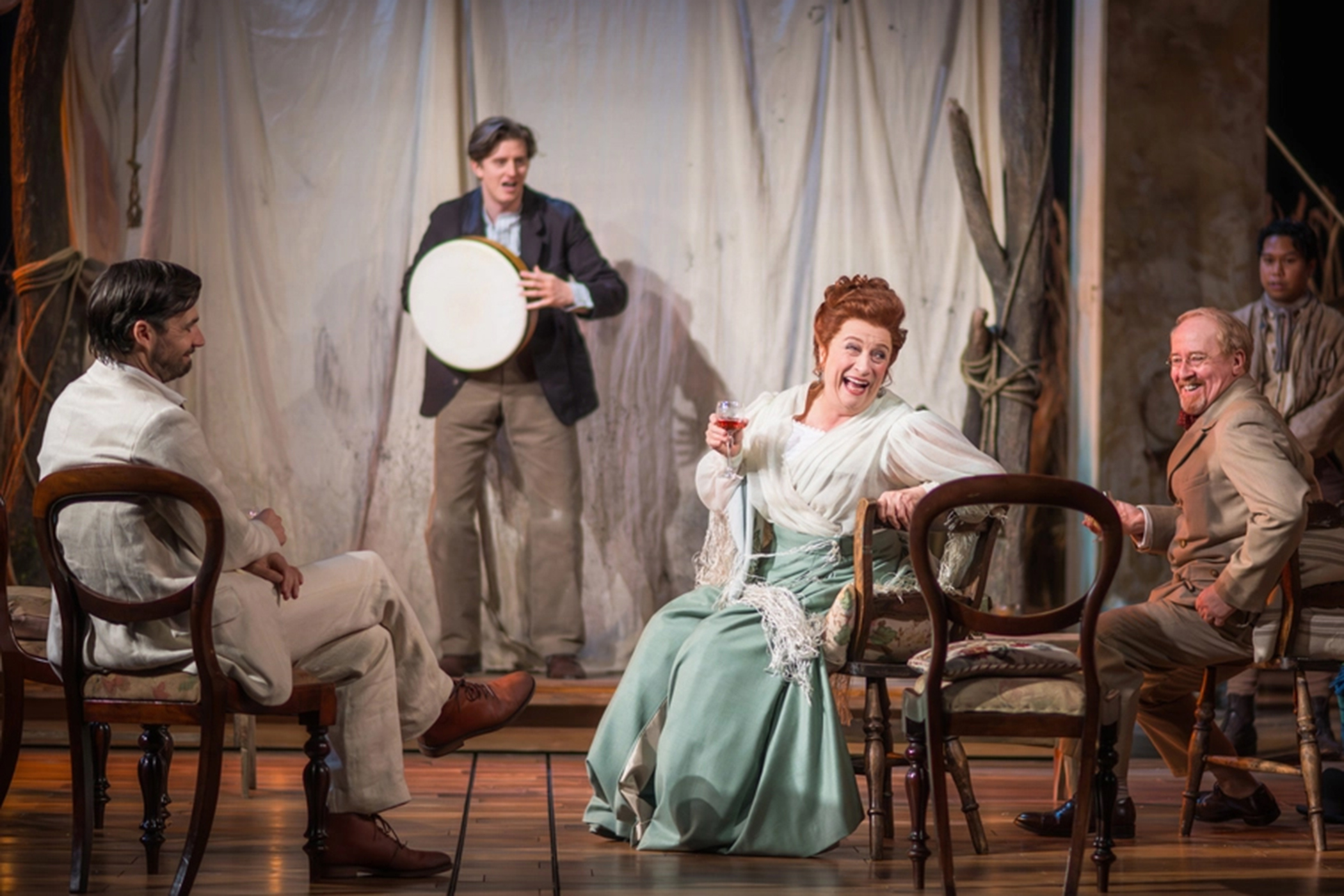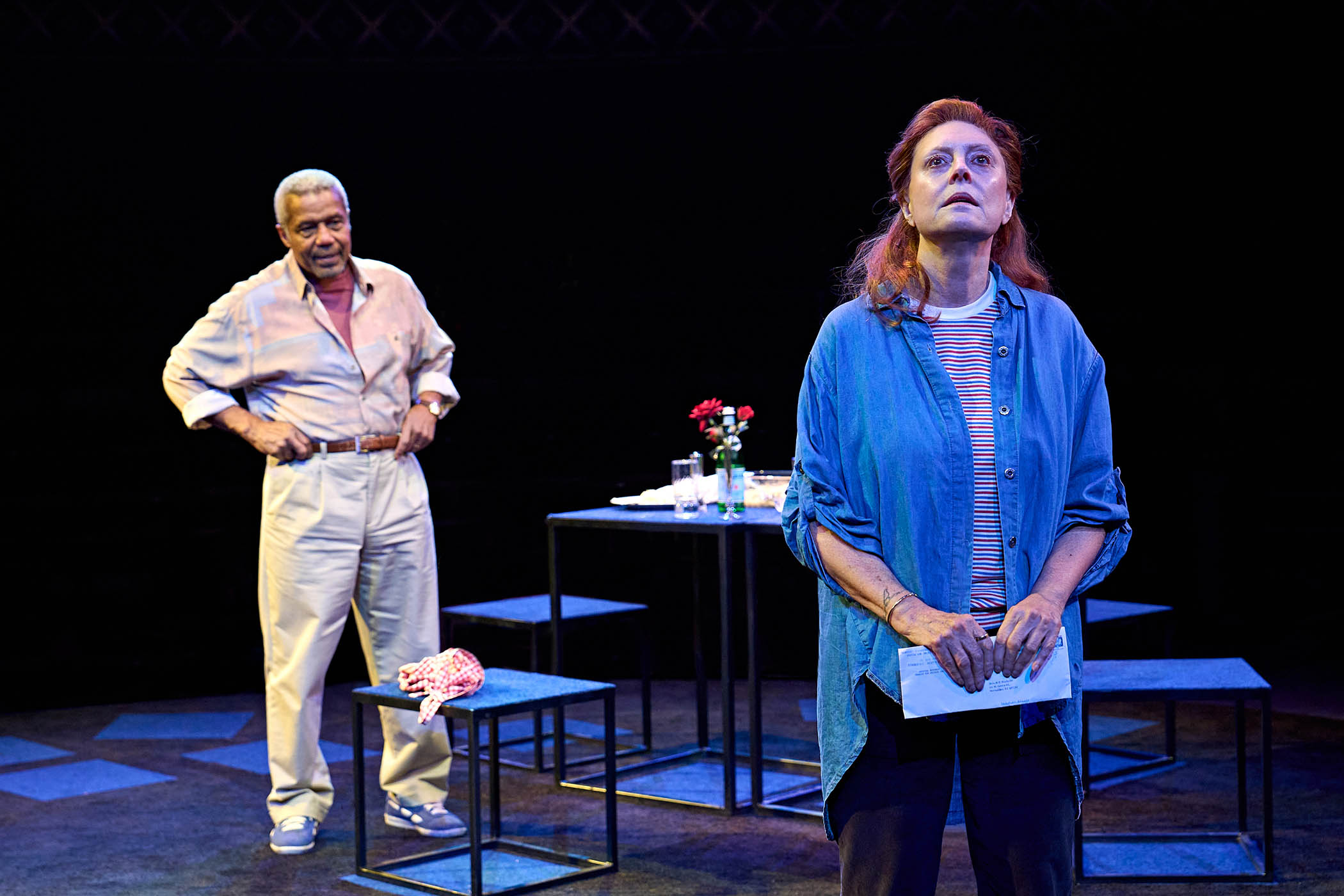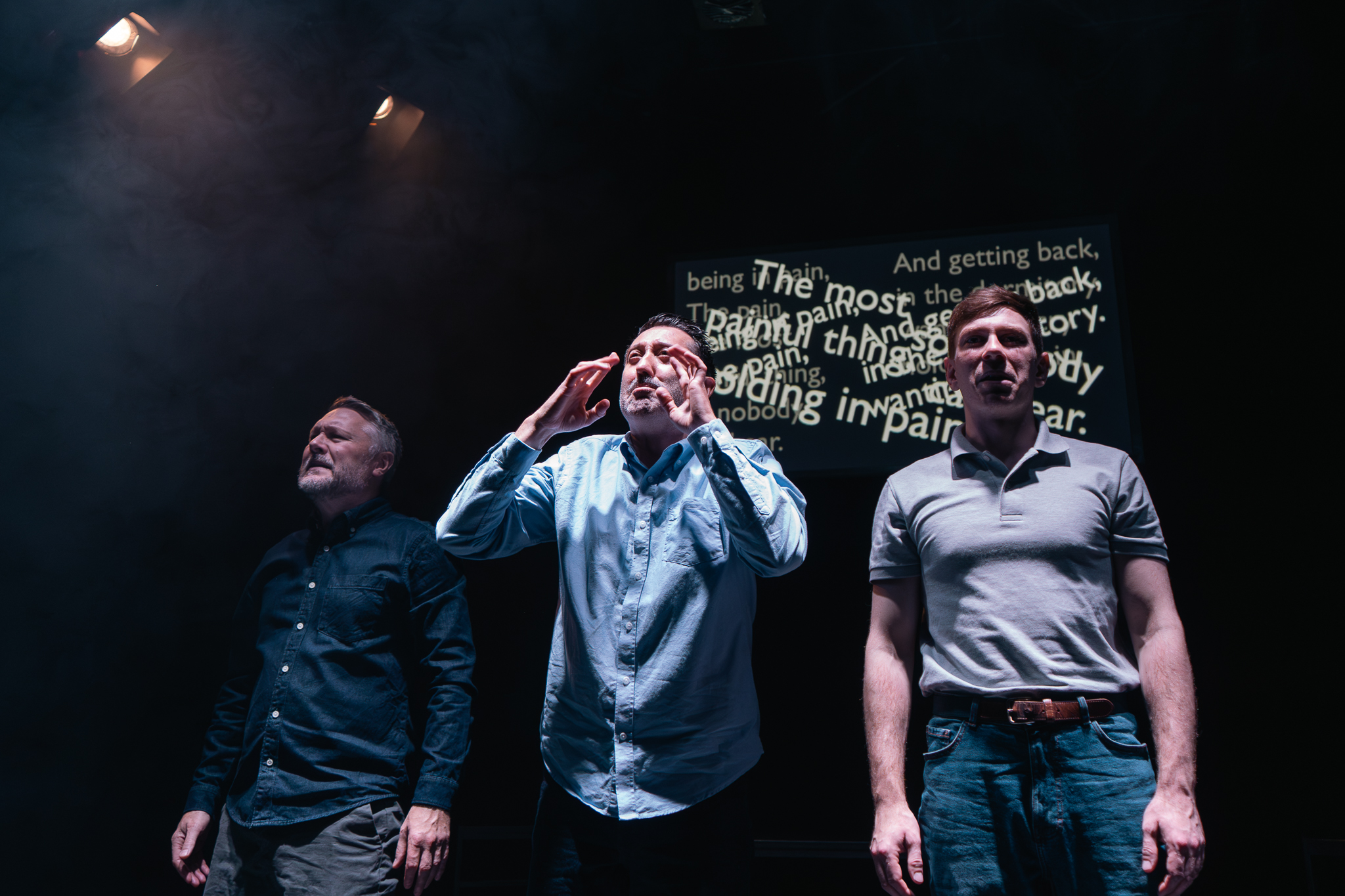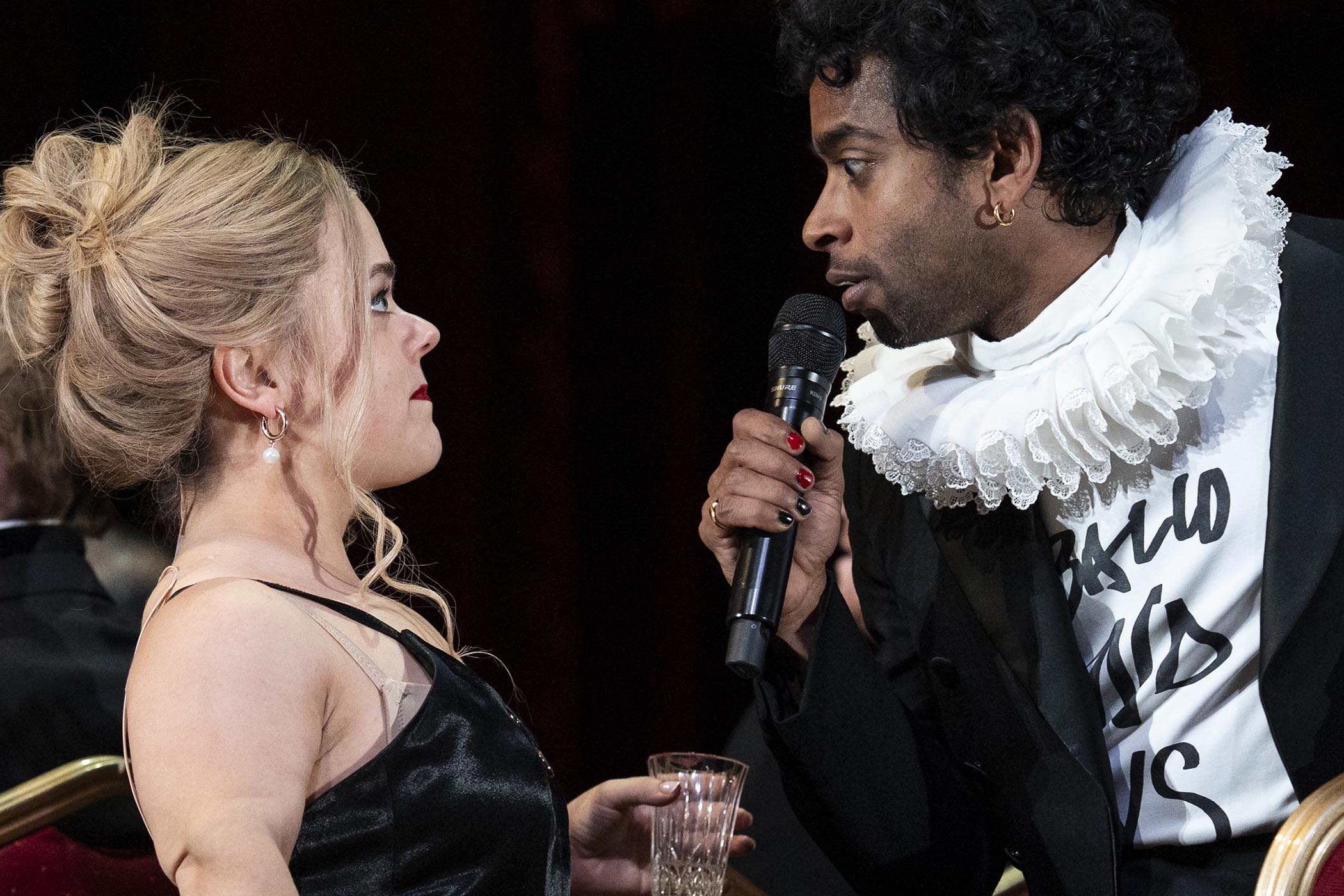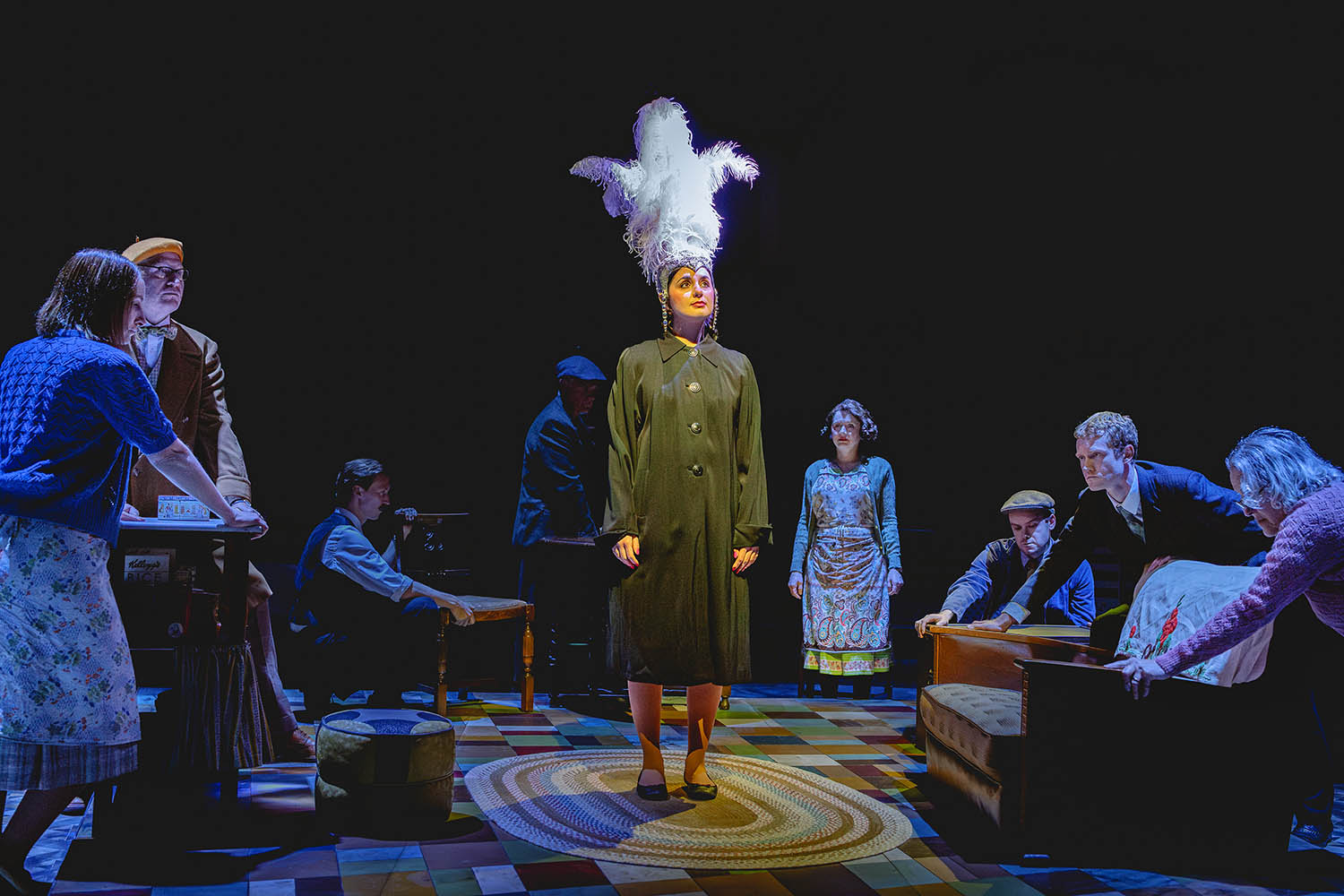
New Vic celebrates Arthur Berry in his centenary year with an unearthed play from the archives
Arthur Berry said his paintings showed a world of people “twisted and worn into strange shapes by hard work or poverty”. A poet, novelist and playwright, as well as an artist, he might have said the same of the characters he drew so vividly in words. In Whatever Happened to Phoebe Salt, his distorted realism translates into a tragicomedy set in the now-demolished back-to-backs of the Potteries (shown also in an exhibition of Berry’s works lining the theatre walls). Here, we enter the lives of people struggling against a “malfangled set of circumstances” that threaten to overwhelm them.
Born in Smallthorne, Staffordshire, in 1925, Berry trained at Burslem School of Art and at London’s Royal College, before returning to Burslem to teach art. After a chance meeting in a pub with theatre director Peter Cheeseman, he began to write for Stoke-on-Trent’s Victoria theatre, and inaugurated its replacement, the New Vic, the UK’s first modern, purpose-built theatre-in-the-round.
The draft of Phoebe Salt was discovered in the theatre archives when plans began for this anniversary year of commemoration of Berry’s work. This premier production is an edit of that text and other works featuring the same character. Phoebe, at 18, longs to be a free spirit and to liberate herself from her pig-rearing stepfather, worn-out mother and a future of seemingly boring predictability (a stunning professional debut from Isabella Rossi). The odds are against her.
The play brings to life a postwar world and its spirit-crippling social prohibitions, especially in relation to sexual mores, in a way that reminds me of Terence Rattigan, although the two writers differ wildly in class perspectives and stylistic treatments. This well-crafted and delivered production, directed by Abbey Wright, movingly revives what Berry’s closing lines describe as “the voices of people now blown away”.
Whatever Happened to Phoebe Salt is at the New Vic, Newcastle-under-Lyme, until 21 June
Photograph by Andrew Billington
